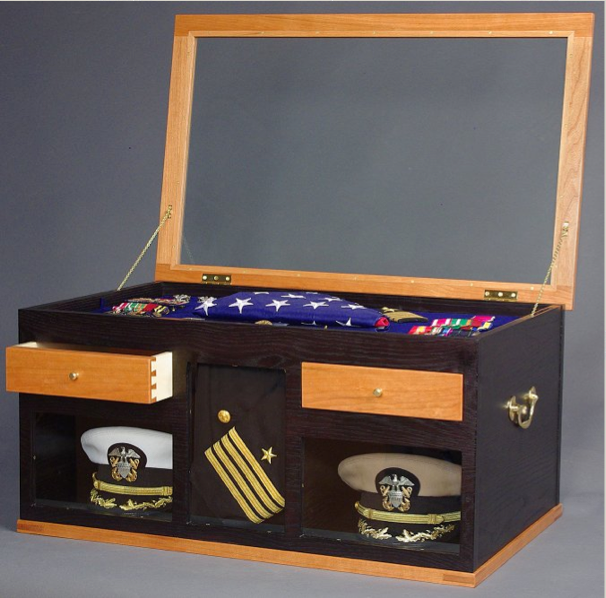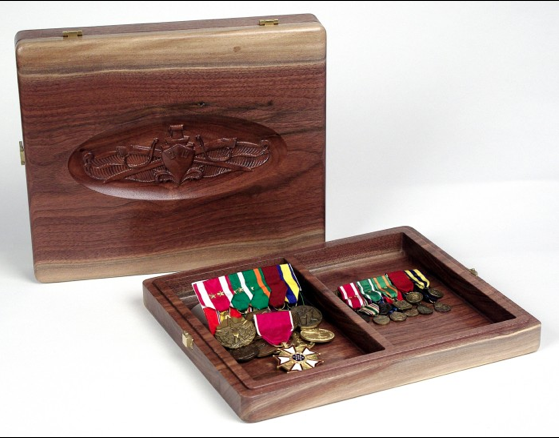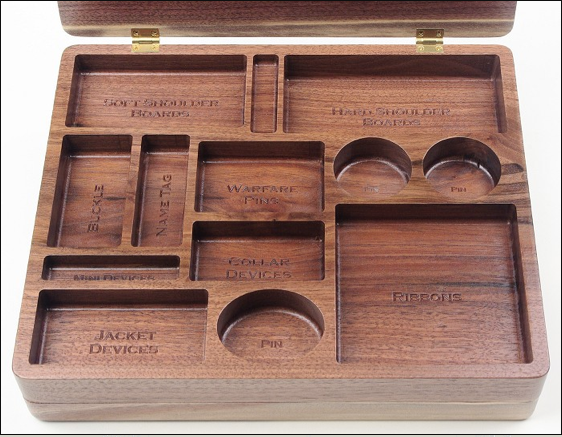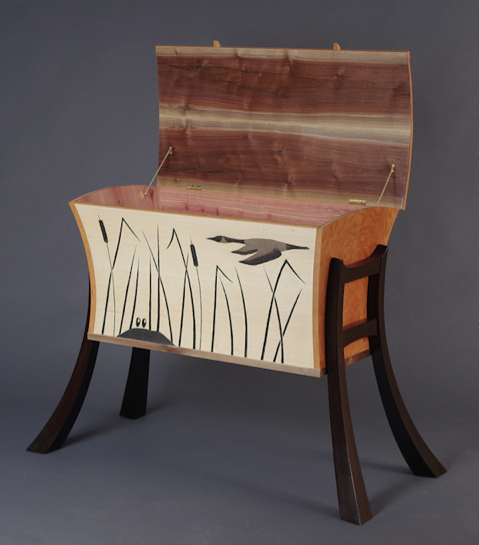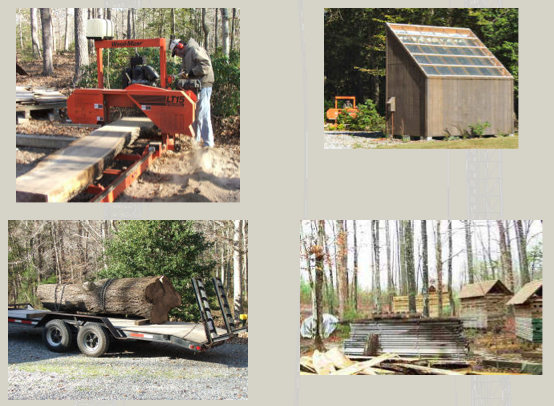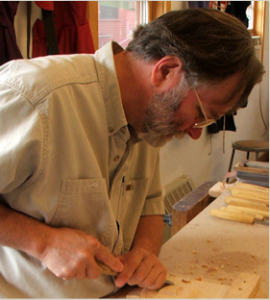 Andrew Pitts of Heathsville, Virginia, is a self-taught studio furnituremaker with 38 years experience. His beautiful, detailed furniture has been featured in numerous exhibitions and garnered more than a dozen awards. He is an active member of several local Virginia artists’ associations and the national Furniture Society. With his many years of experience, Pitts only recently added CNC technology to the mix, with his purchase of a ShopBot Desktop CNC router about a year-and-a-half ago.
Andrew Pitts of Heathsville, Virginia, is a self-taught studio furnituremaker with 38 years experience. His beautiful, detailed furniture has been featured in numerous exhibitions and garnered more than a dozen awards. He is an active member of several local Virginia artists’ associations and the national Furniture Society. With his many years of experience, Pitts only recently added CNC technology to the mix, with his purchase of a ShopBot Desktop CNC router about a year-and-a-half ago.
For Pitts, the reasoning behind adding CNC to his extensive workshop was a practical business decision. “I view the Desktop as just another tool in my shop, and it’s perfect for certain tasks that make my work easier. One of the ways that I make use of the Desktop is to make small items — that I traditionally only hand-carved — a more efficient process.”
Among the many offerings that are displayed on Pitts’ website, are small customizable plaques, many of which sell for less than $100. “Quite frankly, the carving with the Desktop is wonderfully precise, and its efficiency enables me to make more plaques quickly,” says Pitts. “These plaques are conversation-starters with my customers. If I can interest someone in visiting my shop to discuss a $49 plaque, then that opens the door for me to give a tour, show my larger pieces, and who knows, end up talking about a commission for a $4900 credenza.”
Here’s one of those $49 plaques, made of cherry wood.
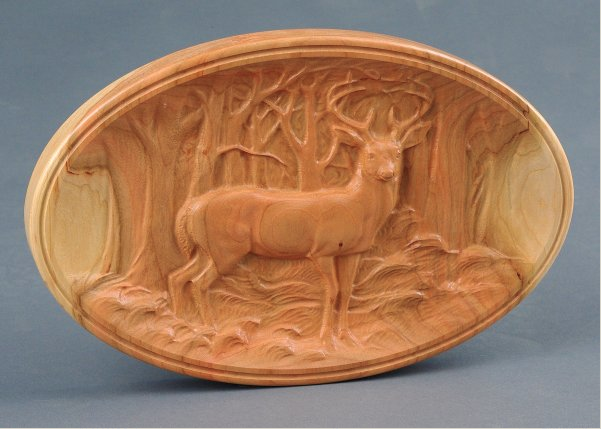
The Deer in the Forest. This piece is individually carved to order on hardwood by a computer numerical controlled (CNC) routing machine, touched up with hand carving gouges, sanded, then finished.
Pitts’ prior career was in the Navy as a nuclear engineer, and he says that the Navy unexpectedly prepared him for success as a designer. Pitts explains, “The discipline necessary to command three warships over the course of my career, and operate aircraft carrier nuclear reactors, translated into an astute attention to detail and pursuit of perfection in my wood work.” Inspired by his time of service, Pitts designs and crafts many service-related pieces:
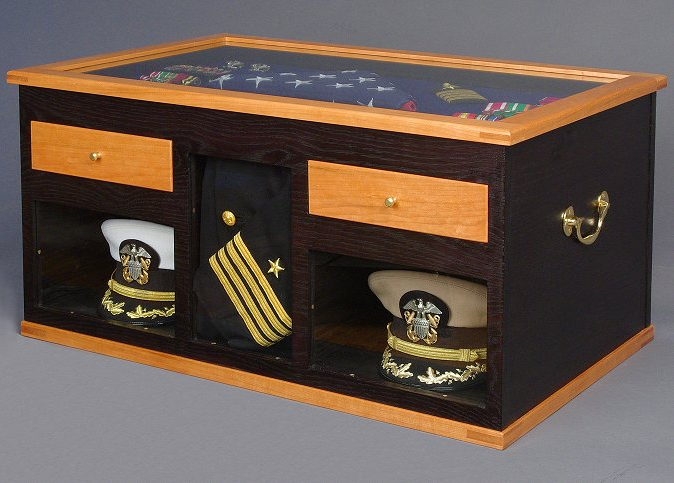
Officer’s Sea Chest and Shadow Box. Materials: cherry, white oak, red cedar, holly. Ebonized oak with shellac polish finish. Brass hardware.
16″H x 32″W x 20″D
Andy Pitts explains that the precision afforded by the ShopBot Desktop enables the construction of the drawer openings and other openings that you see on this Officer’s Sea Chest. “Precision is astounding,” Pitts remarks. “I visit the ShopBot Forum quite a bit for tips, and have found people talking about using 1/64-inch ballnose bits on the Desktop. It’s quite remarkable what this tool allows you to accomplish.”
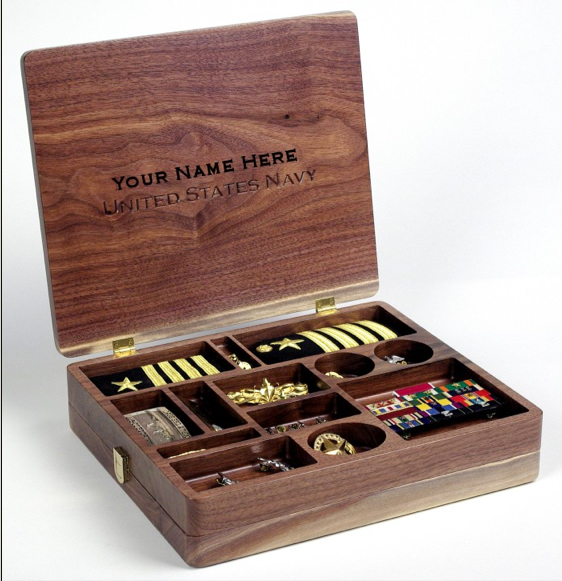
Naval Surface Warfare Officer Insignia Box.
Walnut with Brass Hardware, Lacquer Finish
12″W x 10″D x 3″ H
Here are some of the furniture pieces that Andy Pitts designs and makes:
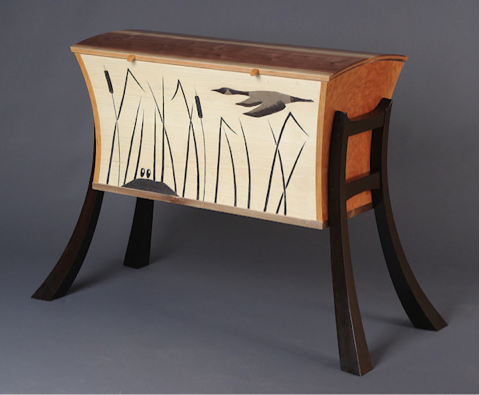
“From The Bay” blanket chest. Cherry, walnut, white oak, red cedar, tulip poplar
Shellac Polish Finish
36″H x 51″W x 20″D.
Finalist, 2011 Niche Awards
The ShopBot Desktop is likely the smallest tool in Andy Pitts’ “arsenal” of woodworking tools, especially when you consider that he has even milled his own lumber — with enough wood to last for many years of projects. Here are photos of his lumber sawmill, which he recently sold, and his solar lumber kiln:
A committed steward of the environment, Pitts uses pre-fallen hardwoods local to the studio, harvesting, milling and drying them himself. Pitts explained that he “wants to celebrate the wood’s inherent beauty, respecting its imperfections and variations. I use only clear finishes, avoiding stains that might mask the grain.” One can recognize a Pitts design by the grace of its curves, exquisitely matched grain patterns, exacting joinery and meticulous finishing…
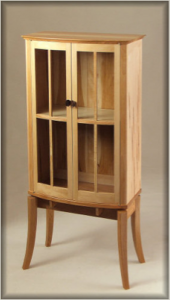 “I admit that I put off adding digital cutting technology for a few years,” says Pitts. “A lot of traditional woodworkers frown on CNC as ‘cheating’ somehow. When I bought the ShopBot, some furniture making colleagues told me I’d gone over to the ‘dark side,’ — I think they were only half kidding! I have to say, that throughout history furniture makers have adopted the most efficient tools of their time. If CNC technology was around 100 years ago, professionals would have used them then. It’s just another tool!”
“I admit that I put off adding digital cutting technology for a few years,” says Pitts. “A lot of traditional woodworkers frown on CNC as ‘cheating’ somehow. When I bought the ShopBot, some furniture making colleagues told me I’d gone over to the ‘dark side,’ — I think they were only half kidding! I have to say, that throughout history furniture makers have adopted the most efficient tools of their time. If CNC technology was around 100 years ago, professionals would have used them then. It’s just another tool!”
Pitts says he was heartened to see some very well known furniture makers in attendance at the Furniture Society conference in Washington State who have adopted CNC for precision carving. “I think we’re starting to turn a corner, where more and more furniture makers who consider themselves to be artists are unafraid to integrate CNC into their processes.”
Andy has a very full library of YouTube videos in which he shares his work process; they’re not “how to” videos but rather allow you to watch as he works. Here’s just one of them, in which he gets going on one of his first projects on his ShopBot Desktop. Andy says that the YouTube channel has been very helpful in spreading the word about this work.
